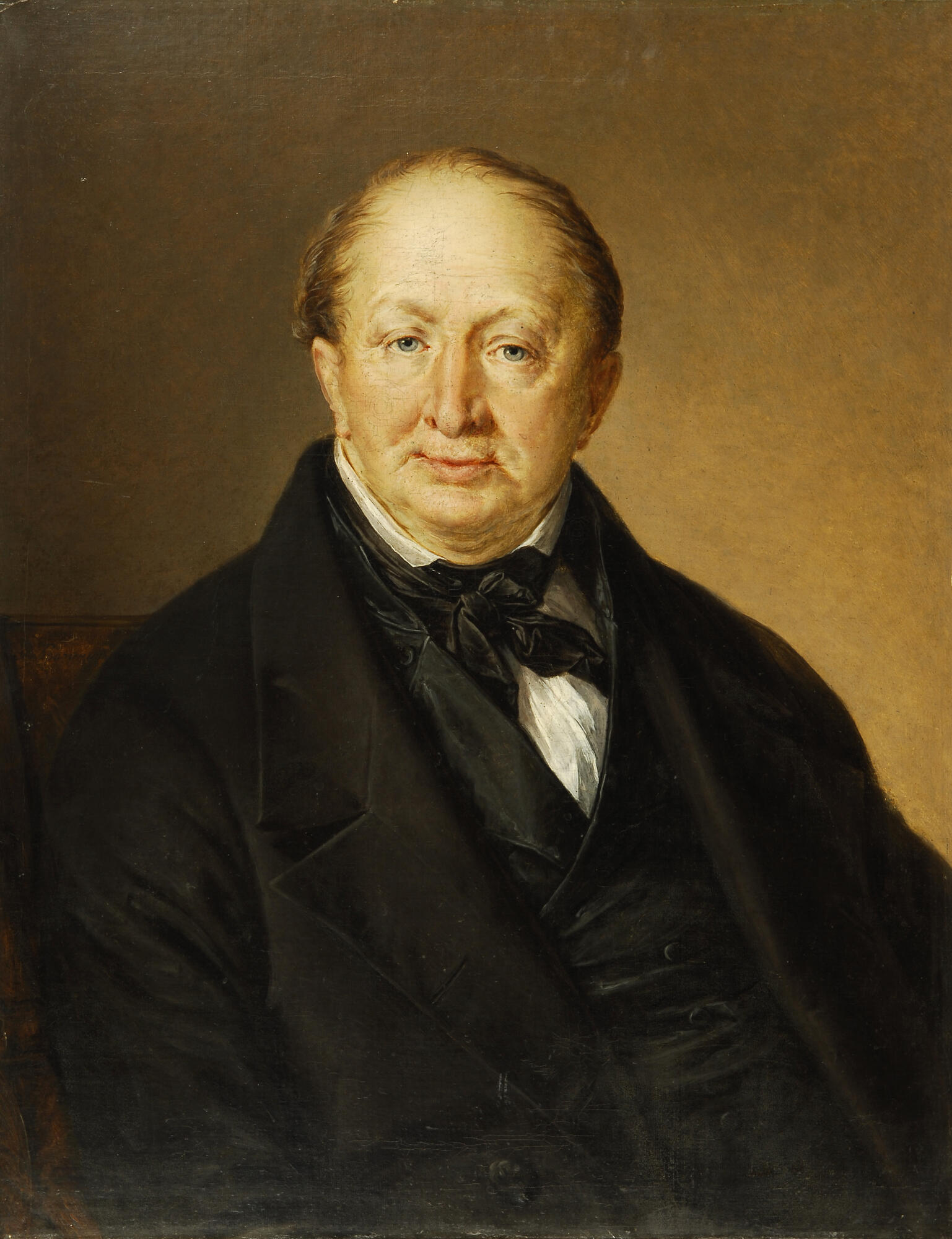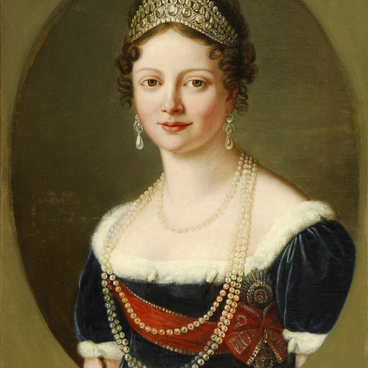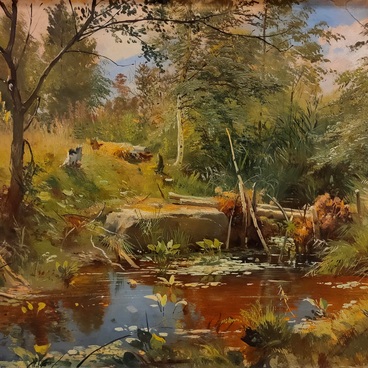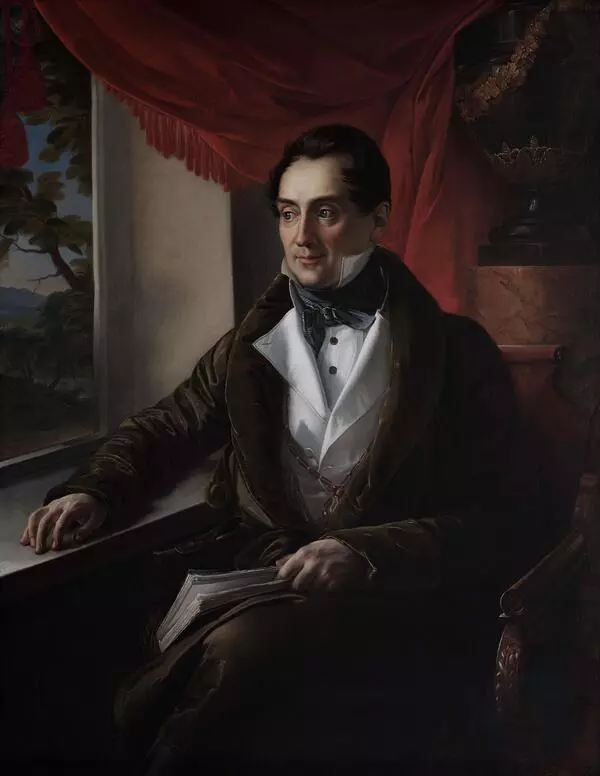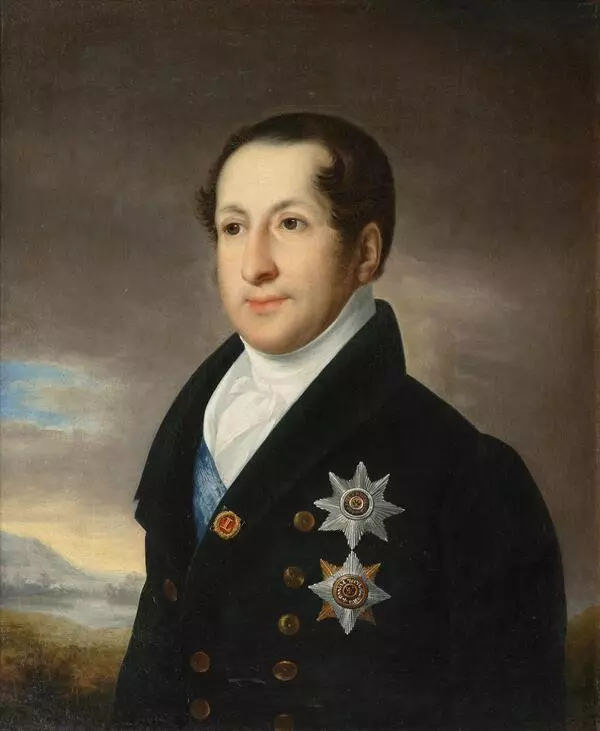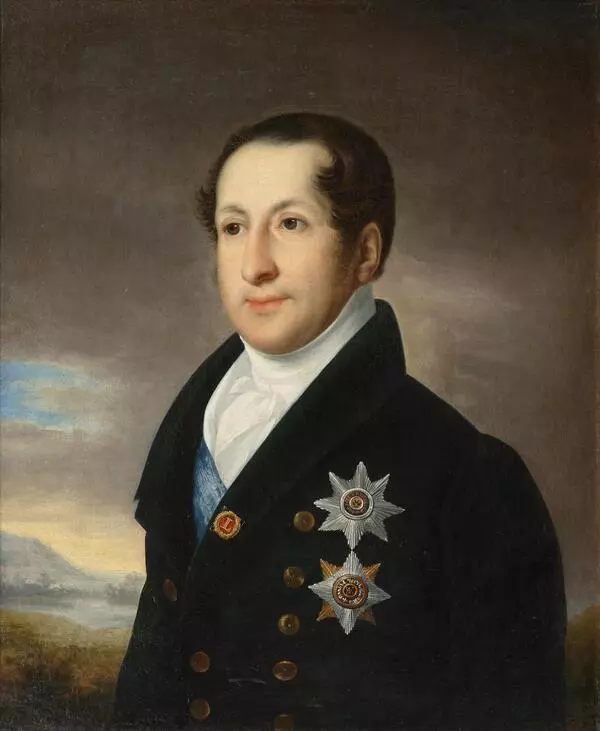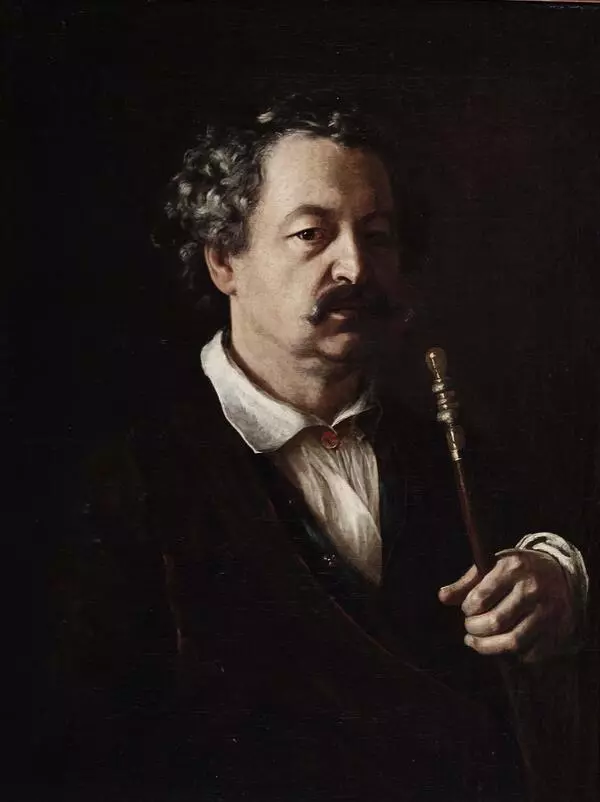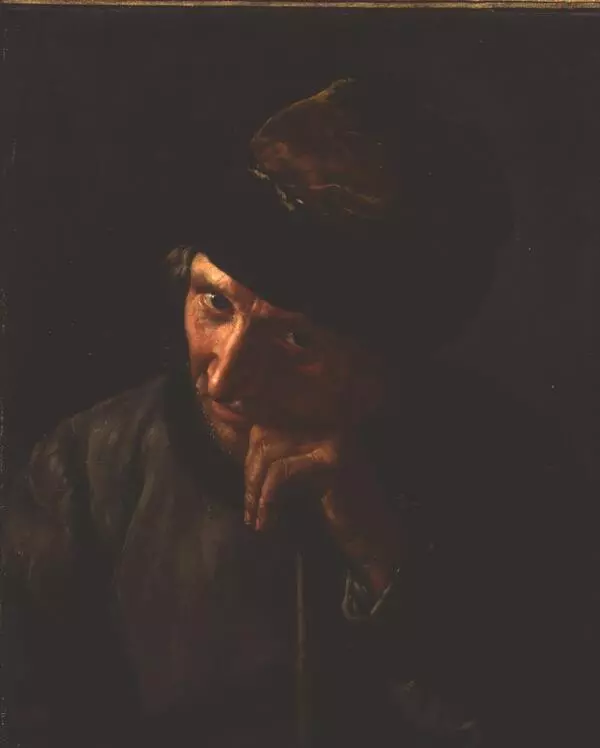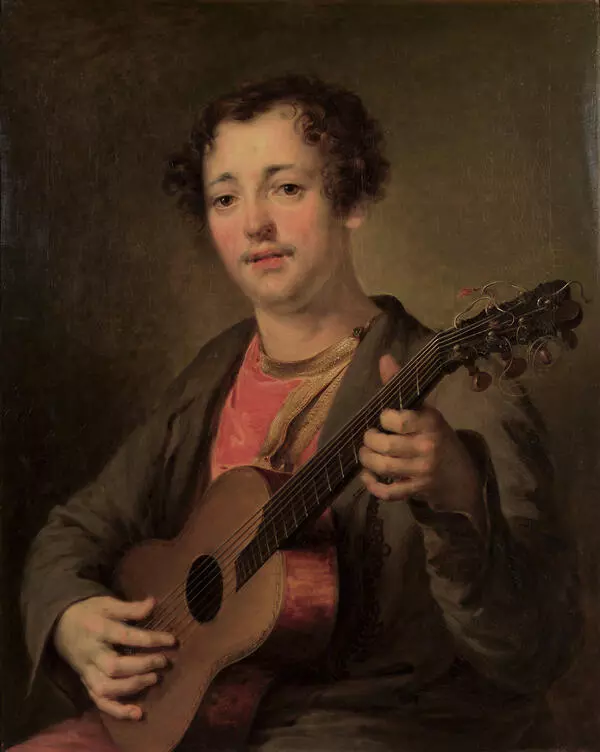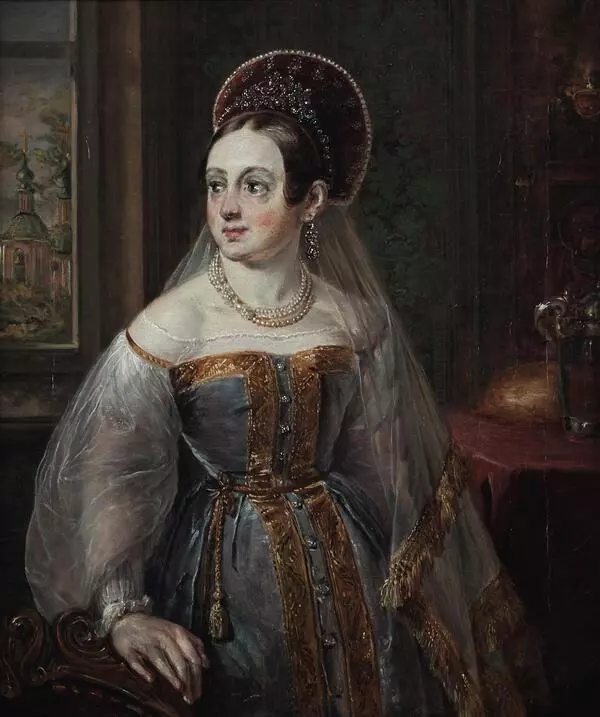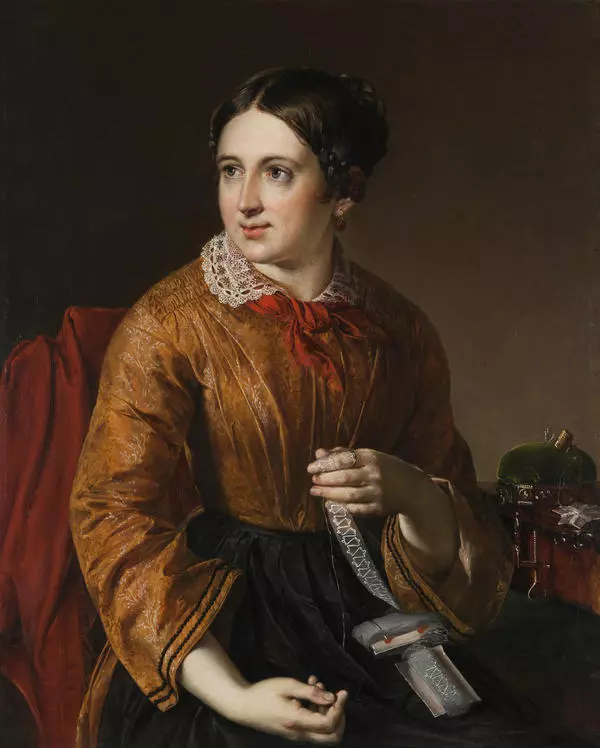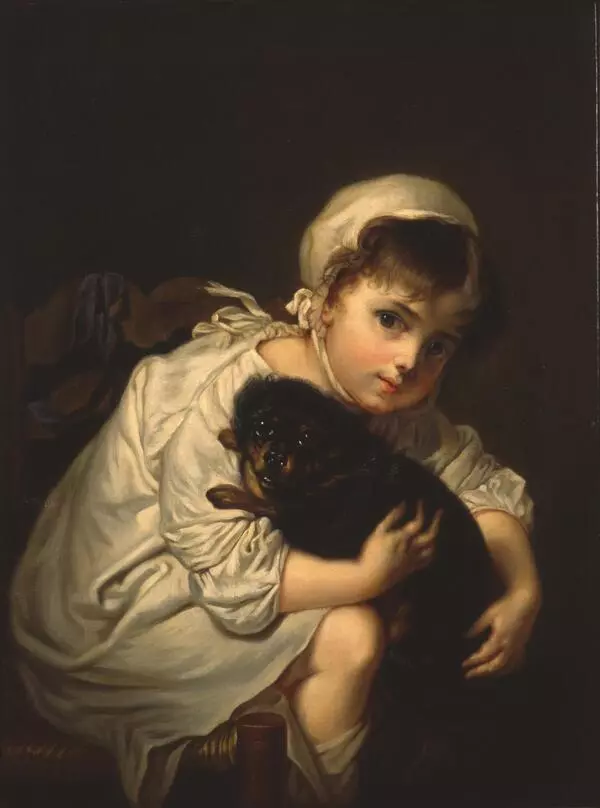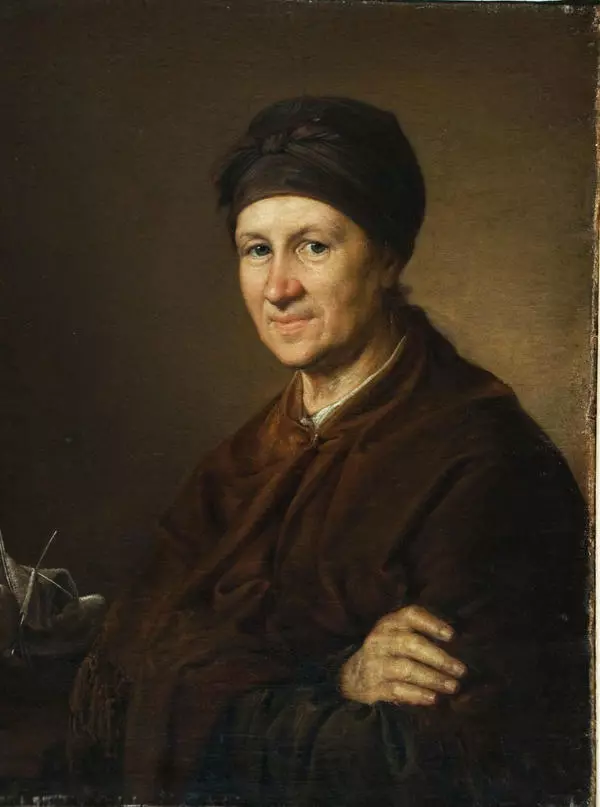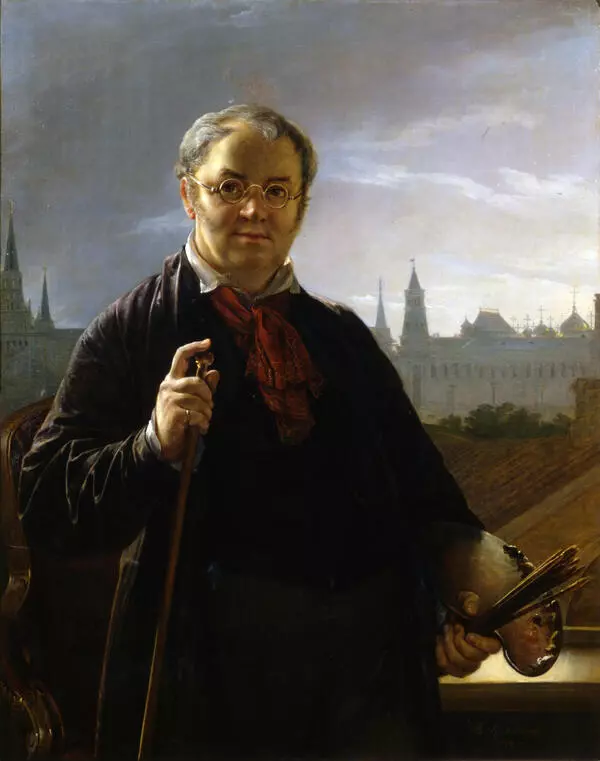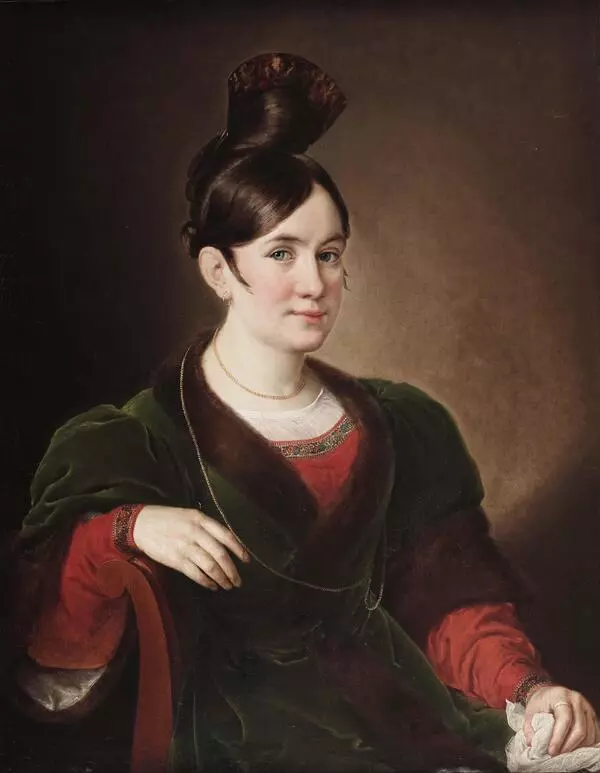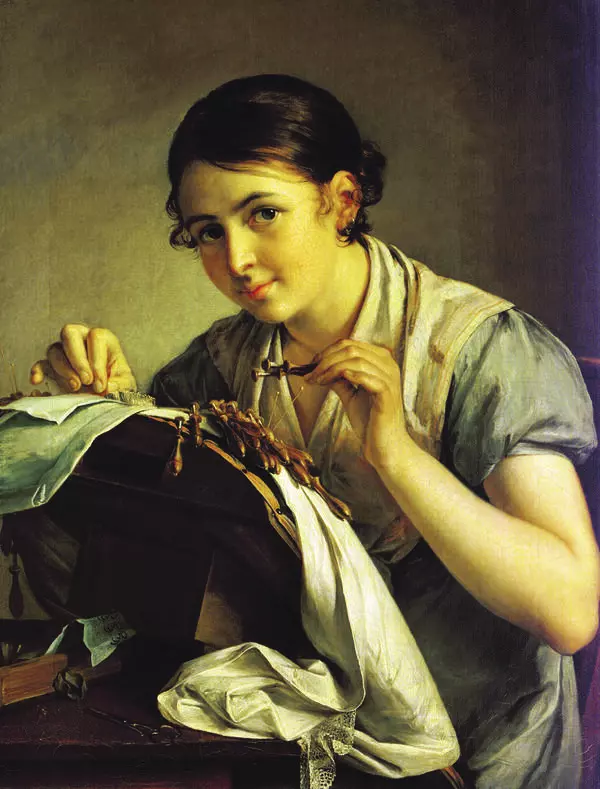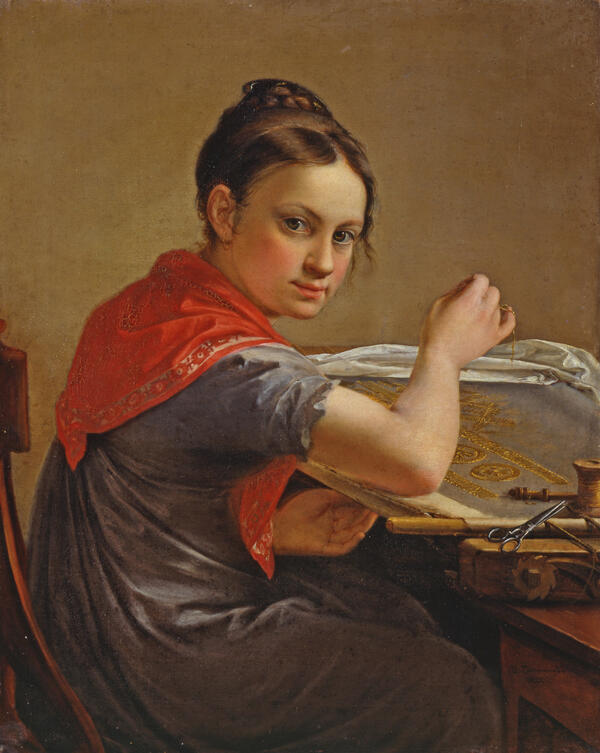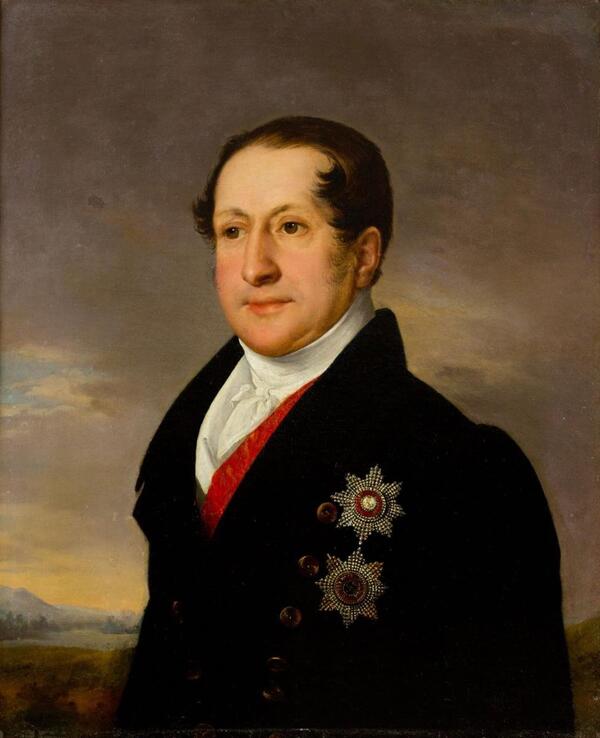Vasily Tropinin painted the man’s portrait in 1834. He captured his close friend, State Councilor Mikhail Protasiev. They met in Moscow and liked each other. Both men were kind and calm people, sociably courteous. Vasily Tropinin carefully and in detail captured his character — neither wrinkles in the corners of the eyes, nor a barely noticeable half-smile were hidden from him. The artist emphasized the neatness of the state councilor - the figure’s vest is carefully buttoned, and the white shirt is neatly tucked into a black suit. In the portrait Vasily Tropinin managed to convey his personal, warm attitude towards his friend. Mikhail Protasiev calmly and kindly looks directly at the viewer.
Vasily Tropinin lived from 1776 to 1857. Most of his life he was a serf with Count Irakli Morkov. He was fortunate to be in St. Petersburg with the count’s brother, who noticed the talent of the young artist and helped him pay for his studies at the Imperial Academy of Arts. According to the rules of the Academy, serfs could study there only as unenrolled students for a certain fee. Vasily Tropinin was not scared off — he entered the portrait painting workshop, headed by Stepan Shchukin. There he received the stylistic and technical foundations of his style.
According to Nikolai Ramazanov, who was a professor at the Imperial Academy, Vasily Tropinin ‘by the gentleness of his character and constant love for art soon acquired a friendly disposition and respect from the best students of the Academy who were in sight at that time: Kiprensky, Varnek, Skotnikov.’ The painter found himself at the center of artistic life. He studied brilliantly, and soon received silver and gold medals.
In 1804, his studies were suddenly interrupted — Irakli Morkov, whose serf the artist remained, ordered him to go to his estate in Ukraine. Here Tropinin was a pastry chef, a lackey, and an architect; he built a church in the village of Kukavka, where the count intended to settle. Mild and kind by nature, Vasily Tropinin with humility endured the vicissitudes of fate, did not become bitter and did not fall into depression from the consciousness of the position he occupied. On the contrary, he perceived his departure as a continuation of his studies, a kind of internship. In 1821, Tropinin came to Moscow — forever. Having gained respect and popularity there, the artist, nevertheless, remained a serf for a long time. This caused surprise and indignation in the circles of the enlightened nobility. General Alexei Tuchkov and the collector Pavel Svinin were especially concerned about him. However, the count gave freedom to his serf only in 1823.
‘Portrait of Protasiev’ is one of the artist’s later works, where his talent has already been revealed in full force.
